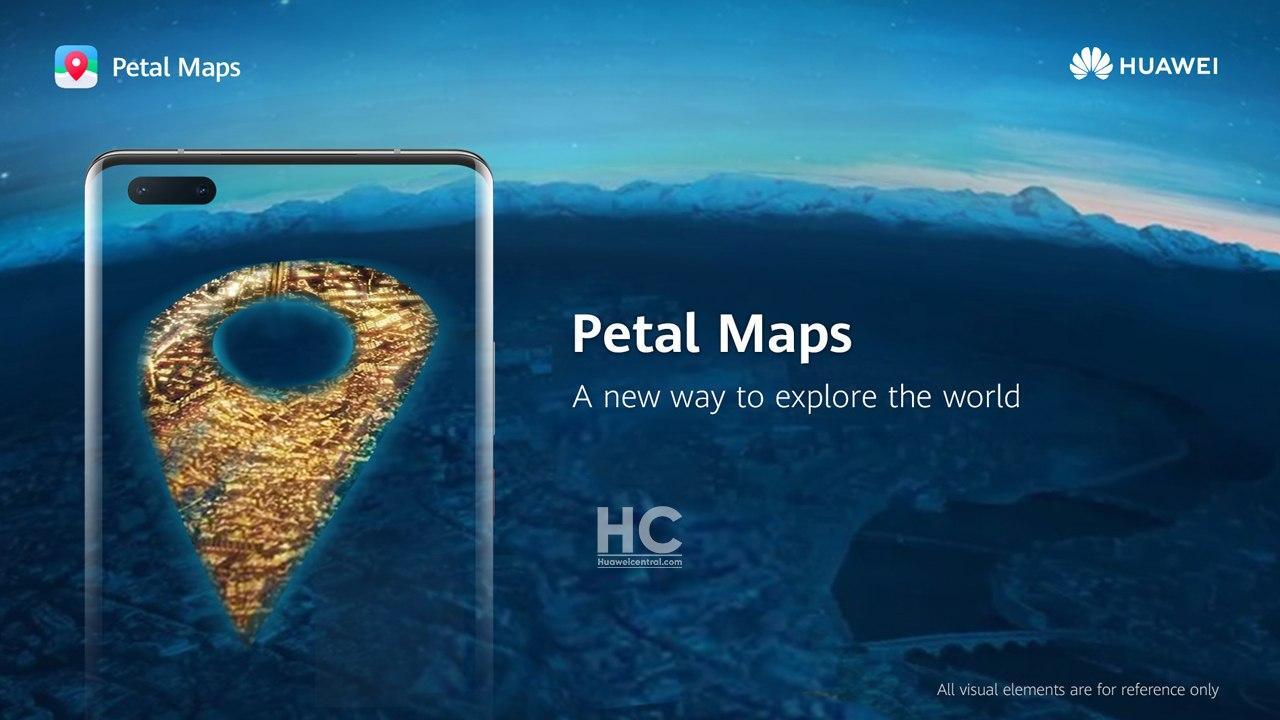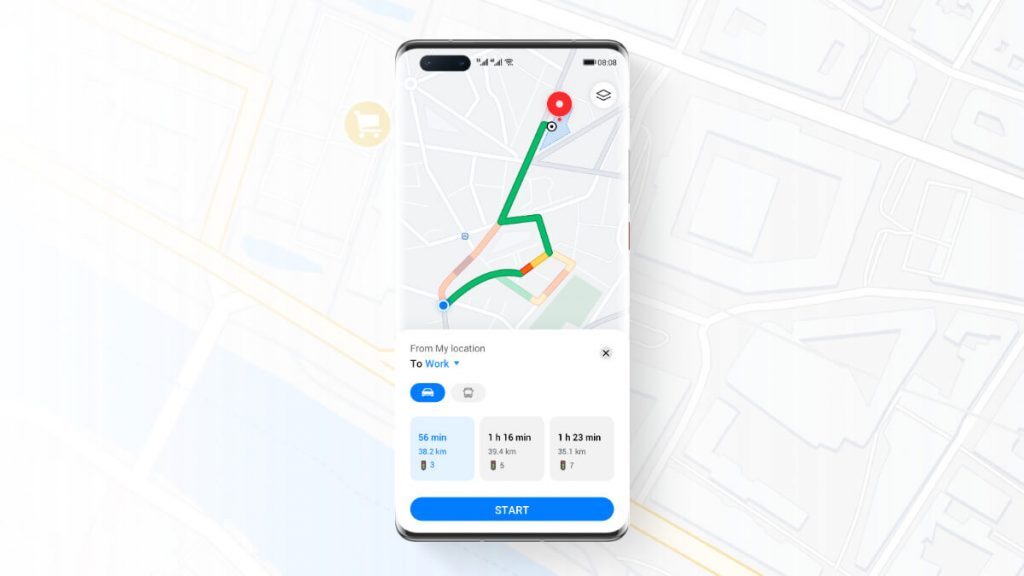The biggest announcement from Huawei’s recent keynote wasn’t the Huawei Mate 40 range of devices. It also wasn’t the FreeBuds Studio or the wacky smart glasses. In reality, it was Huawei’s new push to improve its software with an announcement revealing its new Maps partner, Petal.
As we know by now, Huawei has been hit by a range of intensive sanctions from the US government which has recently threatened to cripple its supply chain. But as Huawei and its users become accustomed to a Google-less ecosystem, one thing has been an absolute nightmare on post-GMS devices: Maps.
Petal to the medal
It’s no secret that Google Maps is one of the most advanced and feature-packed navigation option on devices. But there really aren’t other good options. Google has acquired Waze, but honestly, Waze isn’t great for day-to-day or checking the distance from point A to point B. Yesterday Huawei went ahead and announced its partnership with TomTom Go Navigation
 Remember TomTom? They made some of the best physical GPS devices in the early-2000s and dabbled in some wearables for a while. Now, it’s got its own navigation software — called Petal Maps. In addition to this, Huawei revealed the Petal Search app which is a search module that’ll allow users to search for just about anything from apps and destinations to webpages.
Remember TomTom? They made some of the best physical GPS devices in the early-2000s and dabbled in some wearables for a while. Now, it’s got its own navigation software — called Petal Maps. In addition to this, Huawei revealed the Petal Search app which is a search module that’ll allow users to search for just about anything from apps and destinations to webpages.
It looks like Forbes spent some time playing with the new navigation portion of Petal on the Huawei Mate 40. From some of the images published, you can see that the app icon simply reads: “Maps”, and not Petal Maps. “The new Maps app offers a lot of features, even though it’s technically still in beta. Across 140 plus countries, there are detailed maps and, in some places, including the U.K., real-time traffic data. There are different viewpoints, including a 3D view with cut-out buildings, category searches with places of interest and more,” Forbes details the app.
Will it live up to the hype and replace Google Maps with ease? No one knows at this point. We’re extremely keen to try out Huawei’s newly announced HMS suite apps on the new devices. There is also no indication of when older Huawei devices will get the new HMS functionality, but we’ll keep you in the loop as it’s announced.




